What is a vertical scrubber?
A vertical scrubber is an air pollution control device designed for industrial applications. In this system, contaminated air is introduced at the base of a tower-like structure. The tower is filled with packing material, which can be in the form of trays, layers of fill media, or specialized structures, all chosen to maximize the available surface area for air and scrubbing medium interaction.
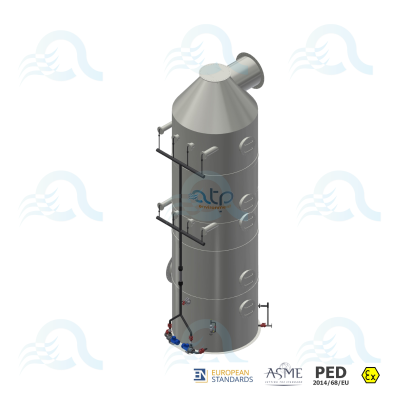
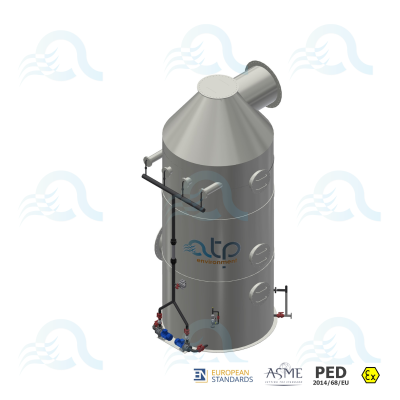
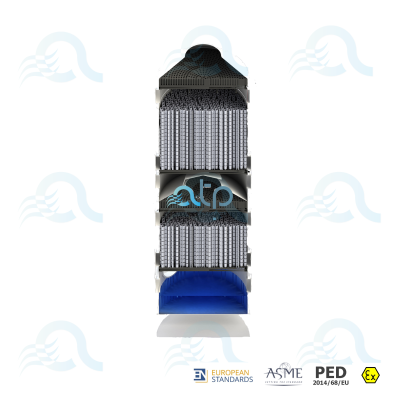
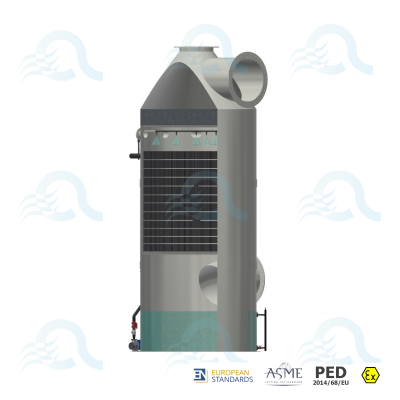
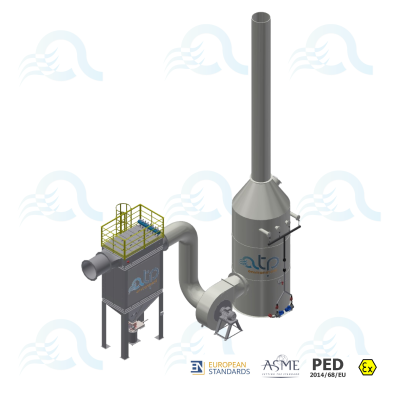
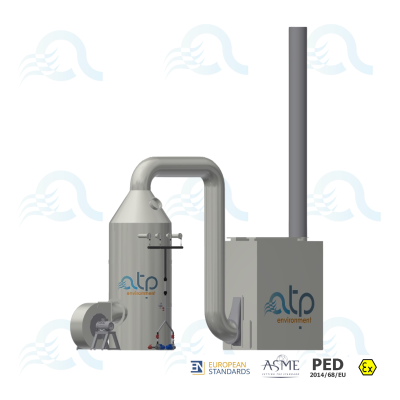
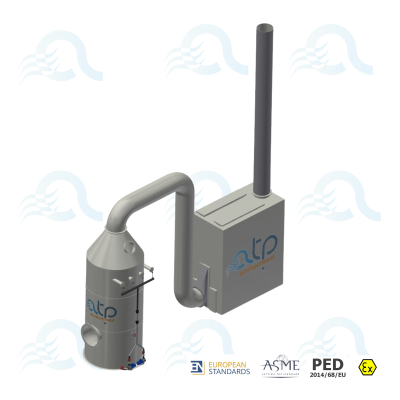

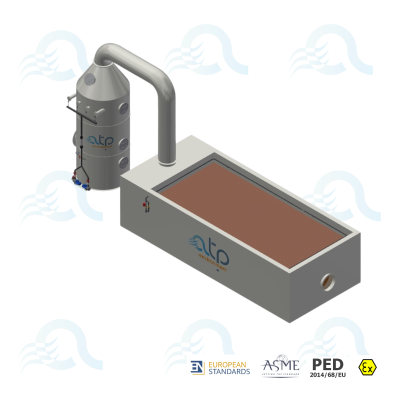
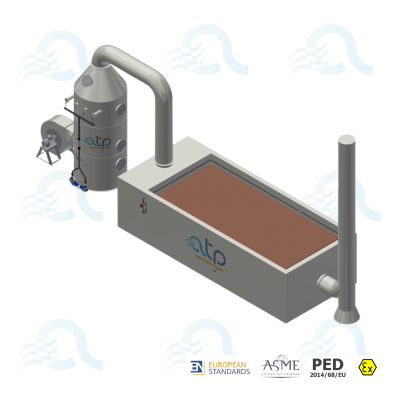
How does it work?
The working mechanism of a vertical scrubber involves the upward movement of contaminated air through the packing material in the tower. Simultaneously, the scrubbing medium is introduced from the top and flows downwards in a countercurrent fashion against the air. This process facilitates the removal of pollutants from the air. The cleaned air then exits from the top of the tower, where it can be safely released into the atmosphere or sent for further processing. The pollutants are collected at the bottom in the waste, which requires additional treatment or disposal. The system includes automated controls to regulate air flow rates, scrubbing medium, pH levels, and pressure differentials, ensuring optimal efficiency.
Which problem can sort it out?
Vertical scrubbers are highly effective air pollution control devices designed to remove a wide range of pollutants from industrial air emissions. These systems excel at capturing particulate matter, gases, odor ensuring cleaner air output. Their efficiency and versatility make vertical scrubbers ideal for numerous industrial applications, such as chemical manufacturing, power plants, and waste incineration. By integrating a vertical scrubber, industries can significantly reduce their environmental impact, comply with stringent air quality regulations, and enhance workplace safety. Explore the benefits and applications of vertical scrubbers for robust air pollution control solutions.
Industries involved







frequently asked questions
Some answers to frequently asked questions about our industry
In the world of industrial air scrubber technologies there are three main configurations:
- Vertical “packed bed” scrubbers
- Jet scrubbers (with empty section)
- Horizontal scrubbers
- Venturi scrubbers
The term scrubber generally refers to technologies for the purification of industrial emissions, which use water (clean, or with chemical or biological reagents) to literally wash (scrub) the air.
The dimensions of scrubbers for the treatment of industrial fumes depend mainly on the air flow rate to be treated. However, other factors also influence their dimensions, such as the required abatement efficiency and the composition of the gases. The type of scrubber chosen significantly affects the footprint:
- Vertical scrubbers take up less floor space, but require more space in height
- Horizontal scrubbers, on the other hand, require a greater horizontal area, but reduce the footprint in height and allow for greater weight distribution
Efficiency can be calculated as the percentage reduction of pollutants at the exit of the treatment on the initial input value. The treatment of industrial fumes with a scrubber technology can reach high levels of efficiency, depending on the composition of the incoming gases and the correct engineering of the air treatment plant. In some cases, scrubbers can reach 99% efficiency on the reduction. To have a high reduction efficiency in the most severe cases of contamination it is necessary to contact experts such as the team of engineers at ATP environment.
In the case of water-soluble VOCs, the recommended technologies for odor treatment are air scrubbers, bioscrubbers and biofilters. In general, removing unpleasant or nauseating odors from the air coming from industrial processes is not a trivial matter as the substances that generate them can be of various natures. For this reason is important to conduct a gas analysis and consult with an air treatment expert such as ATP environment that can identify the best technology for your odor problem.


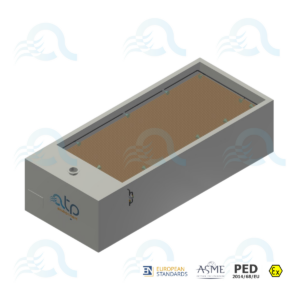
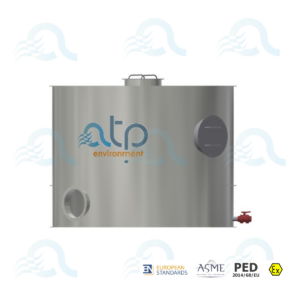
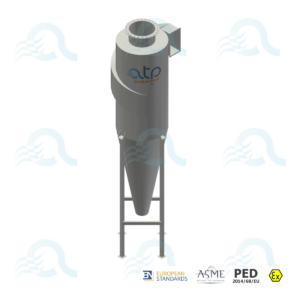
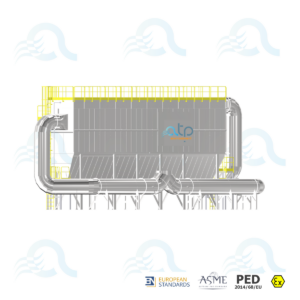
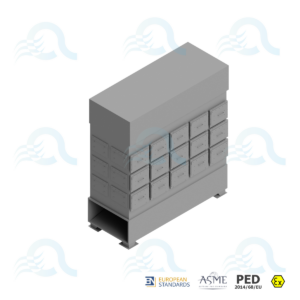






![ISO 9001 [Italy] ISO 9001 [Italy]](https://atpenvironment.com/wp-content/uploads/elementor/thumbs/ISO-9001-Italy-1-e1734709424454-qysjxm32zf8e8mhshe2a1tecm8cbvnzg0wb4e904dc.jpg)